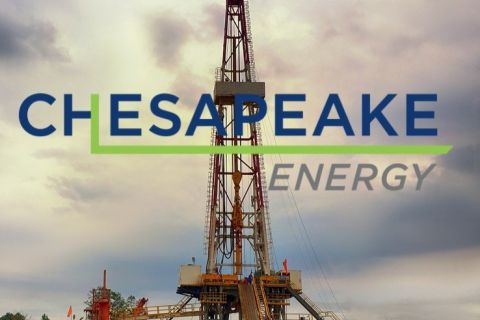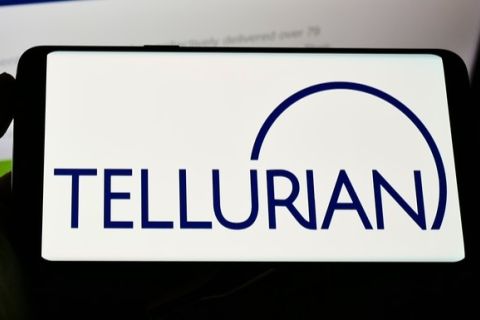Two years ago, the Macondo disaster in the Gulf of Mexico was a compelling event that changed the oil industry’s attitude, as well as all hazardous industries’ attitudes, toward operational risk. Subsequent events like Fukushima have resulted in stakeholder expectation of operational performance in hazardous industries rising exponentially.
In its 2011 list of oil and gas business risks, Ernst & Young identified HSE risks as a new entrant at number five, noting that the industry needed “processes that focus on the risks that matter.” According to the firm, “in a highly regulated industry, focusing on regulatory compliance is about business survival.”
Challenges
In any organization in hazardous industries there are three primary elements: the facility, the people, and the interaction between the people and the facility. The interaction of the people with the facility represents millions of man hours per year for the typical organization, whereby thousands of people every day routinely intervene in facility operations to do repair and maintenance work. This intervention often results in the introduction of new hazards, inhibiting safety systems, isolating parts of the facility, and interfering with standard operating procedures. A key area of operating risk, the interaction of the people with the facility, represents:
- leading cause of high potential incidents;
- second leading cause of fatalities; and
- A major contributing factor in process safety incidents.

The interaction of people with the facility can lead to operational risks. (Images courtesy of Petrotechnics)
Organizations typically have separate rigorous corporate processes for the facility and for the people. These are supported by systems that generate data, which in turn provide performance indicators and close the assurance loop. In this way, companies can be confident they have the operational assurance that their policies are being followed as well as the means and the data by which to measure status and progress.
However, when thousands of people interact with the facility every day to do repair or maintenance work, there are limited systems and often only paper-based processes. As a result, there is little or no useful data, no metrics, and no consistent feedback mechanism to provide governance and assurance that the strategic intent of policies and procedures are in operational practice. Similarly, there is little or no insight into the operational productivity that occurs when people interact with the facility. With little or no feedback on performance, organizations are left with a critical gap in terms of assurance, impacting operational performance in many key areas:
- Limited understanding of the relationship between delivering performance and operational risk;
- Difficulties in improving operational performance in a consistent manner;
- Poor work plan accuracy and attainment;
- Nonproductive time for staff and contractors; and
- Unplanned shutdowns and operational inefficiencies. Without feedback data on how work is actually carried out, how can the industry measure or even consistently improve operational performance and reduce risk?
Closing the critical gap in operational assurance

Uncertainty creates a gap in the operational assurance loop for the interaction of people with facilities.
Petrotechnics’ Proscient, an enterprise operational performance and predictive risk software platform, can close the operational assurance loop for the interaction of people with the facility. It provides senior managers in the oil and gas industry with the ability to reduce risk, optimize performance, drive continuous improvement, and move beyond compliance across their global frontline operations. By embedding corporate, regional, and local policies and processes, Proscient ensures these are consistently delivered in frontline practice. The risk controls, work processes, best practices, and guidance can take shape outside of the “rule book” and become an integral part of routine operations. Organizations can deploy a common baseline across operations, ensuring all work is performed in the same manner. For example, a corporate policy on work involving breaking containment can be enforced at the local business level based on corporate standards to ensure internal and external compliance.
Proscient generates data from routine work processes that can be used to develop metrics to measure performance in a consistent manner across the organization. Data such as type, volume, and interaction of work, along with the associated human factors, are routinely captured as part of routine work processes. Common metrics can then be established across an organization or venture to provide an indication of the operational risk associated with the work being performed. Not only does this deliver meaningful insight into frontline operations, but the clarity and confidence that the data provide also empower improved decision-making at an enterprise, regional, or local level.
In closing this critical gap, organizations are able to demonstrate good governance and have the tools that can drive continuous improvement. They can then demonstrate best efforts to meet rising stakeholder expectations and improve operational performance.
Solutions in operational practice

The Proscient operational performance and predictive risk software platform provides the means to ensure policies are put into operational practice.
Petrotechnics has successfully helped organizations in the oil and gas industry deploy and manage technology solutions to increase frontline operational efficiency and improve safety in the riskiest part of their operations. The value of its software systems has been demonstrated in the case of a company that deployed and uses the system across its onshore sites in the US and Canada.
The company had a number of challenges to address to improve its operational performance and compliance with corporate initiatives and stakeholder expectations. In the area of work efficiency, the company sought to reduce the amount of rework and improve the reuse of job and safety information with less duplication of effort. Equally as important, it needed to improve safety and risk management performance.
Petrotechnics worked with the company to review its existing work processes to see where it could benefit from integrating a number of disparate work processes and intelligently embed them within the software solution. By understanding the strategic and operational intent of its frontline work processes, the company was able to ensure these could be delivered consistently in operational practice across operations. Petrotechnics also provided support for the broader management of change process through the training and coaching of more than 700 people across the operation to ensure acceptance and competence with the new way of working.
The benefits included better workplace management and control, improved time efficiency, a streamlined process, and assurance that all work risk is assessed to the appropriate level. Process efficiency was achieved through more effective communication, improved maintenance planning, and greater schedule compliance.
Peace of mind
Senior managers can use the platform to help demonstrate good governance and improve their ability to deliver performance in a responsible and sustainable manner . With the data automatically captured as a part of these work processes, the real-time visibility of information and meaningful insight in the context of business performance and operational risk provide the right people in the organization with the necessary operational intelligence to monitor, mitigate, or act.
Recommended Reading
Jerry Jones Invests Another $100MM in Comstock Resources
2024-03-20 - Dallas Cowboys owner and Comstock Resources majority shareholder Jerry Jones is investing another $100 million in the company.
Matador Resources Declares Quarterly Dividend
2024-02-14 - Matador Resources will pay a $0.20 dividend on March 13 to shareholders of record by Feb. 23.
Matador Resources Announces Quarterly Cash Dividend
2024-04-18 - Matador Resources’ dividend is payable on June 7 to shareholders of record by May 17.
Chesapeake Slashing Drilling Activity, Output Amid Low NatGas Prices
2024-02-20 - With natural gas markets still oversupplied and commodity prices low, gas producer Chesapeake Energy plans to start cutting rigs and frac crews in March.
Tellurian Executive Chairman ‘Encouraged’ by Progress
2024-03-18 - Tellurian announced new personnel assignments as the company continues to recover from a turbulent 2023.





